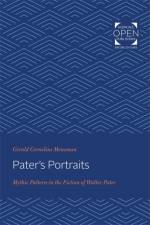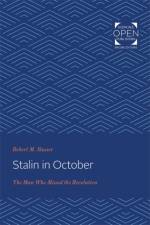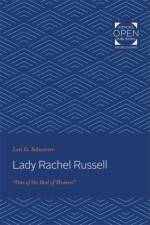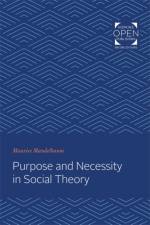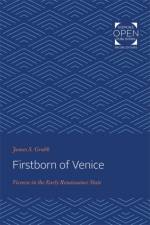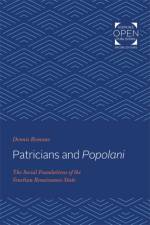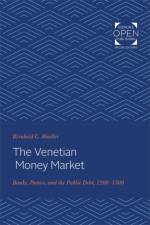- Private and Public Life in the Veneto
av James S. Grubb
745,-
Historical writing on the Renaissance has usually focused on the social extremes that co-existed in the great metropolitan centers--on either elites or the underclass. As a result, the world of the middling families and provincial societies remains largely unexplored. Daily experiences in the lesser cities are, however, no less rich and revealing than those of Florence, Venice, and Milan. In addition, writes historian James Grubb, these experiences offer new perspectives from which to reassess familiar assumptions about domestic life in the fifteenth century.Based on memoirs and other records left by thirteen merchant families from the Veneto cities of Verona and Vincenza, Provincial Families of the Renaissance is an engrossing study of daily lives that have until now been overlooked by scholars. Grubb examines the attitudes and experiences of families undistinguished in their modest means and local ambitions from the majority of their compatriots, uncovering a detailed historical landscape rich in social obligations, commercial activities, and religious beliefs.Grubb's comprehensive analysis of his subjects' compelling, if inconspicuous, lives investigates every significant aspect of private experience during the Renaissance: marriage, birth, death, household relations, work, land, social status, and spirituality. In reconstructing provincial life in the Veneto, Grubb discovers in his subjects an independence of mind that mediated their reception of metropolitan ideologies far more than the historiography of the Renaissance might suggest. These "unremarkable" provincials were agents of their own destiny, influenced in equal measures by prevailing attitudes, local customs, and personal convictions."James Grubb is exploring new terrain in this book. Distinguished by its clarity and eloquence, this is a superior work of historical writing and analysis that merits comparison with the best monographs on the social history of Renaissance Italy."--Gene Brucker, University of California at Berkeley


